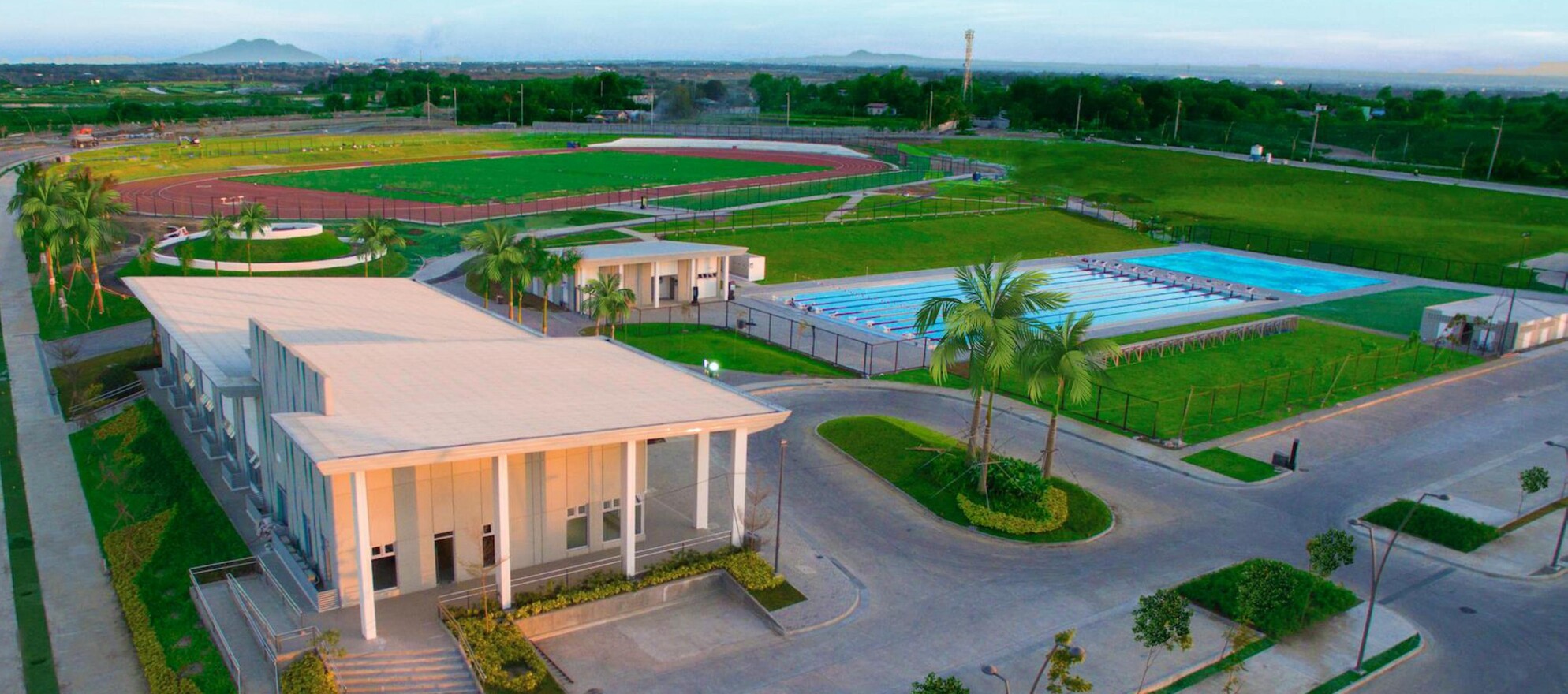In late August, Albay Representative Joey Salceda filed a bill proposing the creation of an independent Department of Disaster Resilience (DDR), which is intended to strengthen the Philippines’ calamity defense program, and help ensure the country’s development and inclusive growth.According to Salceda, the proposed DDR should ideally take in at least four existing government agencies, which he identified as critical to effective disaster planning and operation
According to Salceda, the proposed DDR should ideally take in at least four existing government agencies, which he identified as critical to effective disaster planning and operation – the Philippine Atmospheric Geophysical Astronomical Services Administration, the Philippine Institute of Volcanology and Seismology (under the Department of Science and Technology [DOST]), the Geoscience Bureau, and the Bureau of Fire Protection.
As noted by a Philippine Canadian Inquirer report, the idea of the proposed department is modeled after the US Department of Homeland Security, which has under its operational control major federal agencies to effectively manage security threats in various areas.
Salceda pointed out that the creation of the DDR would “put an end to ‘policy drifts’ and disagreements in the program of reducing the impacts of climate change that can lead to more serious consequences and expensive damages in terms of loss of lives and properties.”
If passed, Salceda said that the DDR would have the necessary resources competency and structure to manage broader climate-disaster governance arrangements, and will lead the development of large-scale strategic and systematic approaches to disaster prevention, mitigation, preparedness, response, recovery, and rehabilitation.
Proposed department lauded
DOST Undersecretary Renato Solidum Jr., an expert on disaster management, lauded the DDR proposal, saying that such a body would go a long way in monitoring potential disasters, and give ample warnings to the affected residents.
Solidum expressed his optimism on the DDR during the press conference for the first-ever Information and Communications Technology (ICT) Disaster Response Conference held at the Waterfront Cebu City Hotel and Casino.
The two-day event aims to raise awareness in reducing the effects of disasters through a showcase of different ICT solutions to serve as instruments in improving communication and response in the country.
Highlights of the conference included technical presentations and demonstrations from important speakers from Japan, Australia, Singapore, Thailand, and the United States. Topics ranged on available ICT solutions, applications and programs, best practices in disaster resilience, and future mitigation trends.
In November 2013, Super Typhoon Yolanda ravaged parts of the country, claiming close to 10,000 lives, and billions of pesos in livelihood and economic assets. The massive disaster highlighted serious problems in the country’s handling of disaster risk reduction efforts.
The Philippines easily ranks as one of the most disaster-prone countries in the world, having been constantly battered by typhoons, earthquakes, floods, and the like in practically all parts of the archipelago.

New department to ramp up Phl disaster resilence
Published on October 2, 2017
This post was last updated on March 26th, 2020 at 02:50 pm







